The Top Industrial Sensor Questions We Field (& Their Answers)

When it comes to advanced sensor technology, the biggest question we ask is, "What's not to love?"

When it comes to advanced sensor technology, the biggest question we ask is, "What's not to love?"

"How do I calibrate my sensor?"

Medicine.
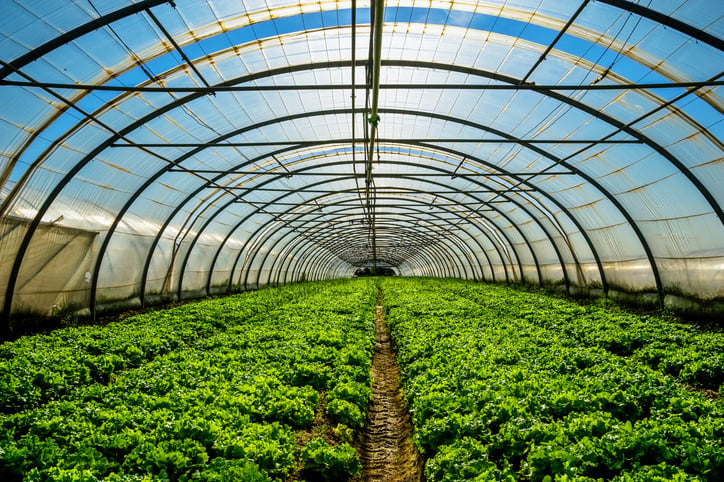
It's almost a rite of passage for any fourth-grade science student — making a terrarium in a jar.
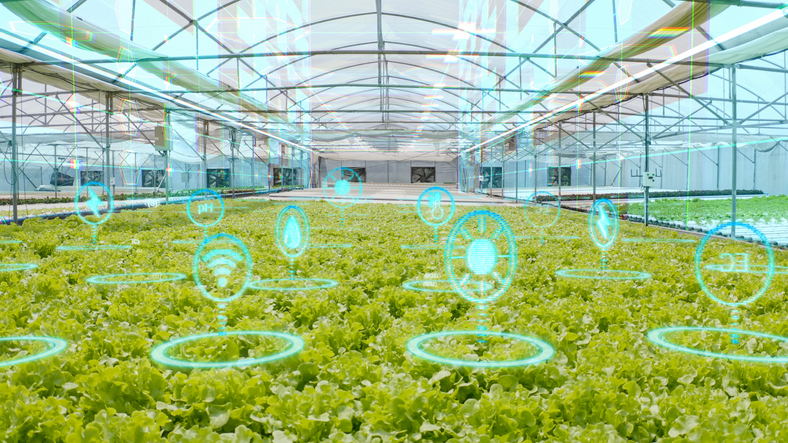
For a vegetable grower at any skill level, there's nothing better than walking to your garden and seeing what's shaping up to be a bountiful harvest.
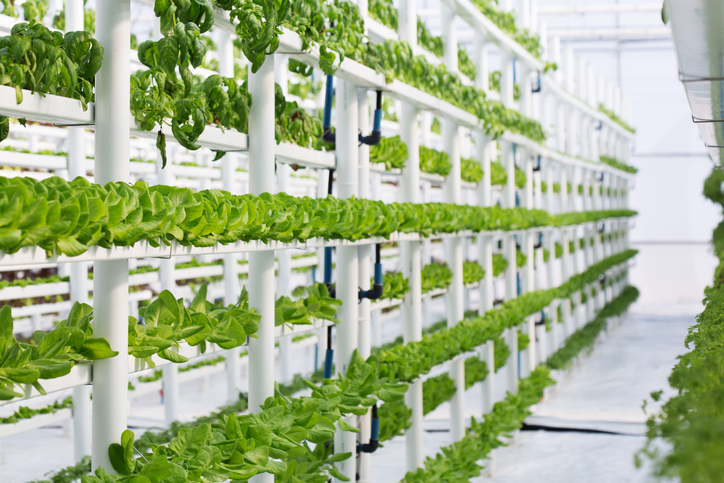
The way agriculture happens is changing. In fact, it's gaining ground in a familiar environment: the great indoors.

It’s no secret the world has only become more connected
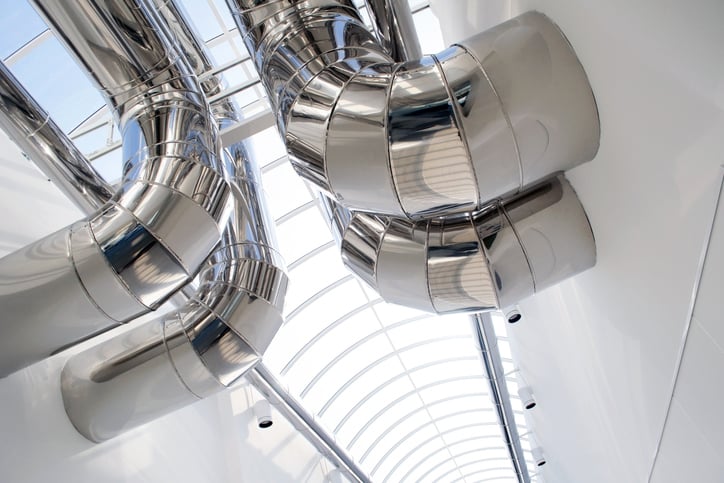
Carbon dioxide is an inescapable part of our lives.
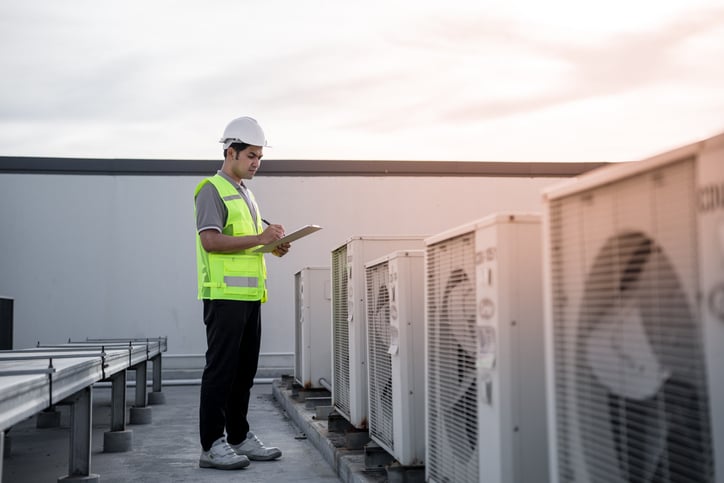
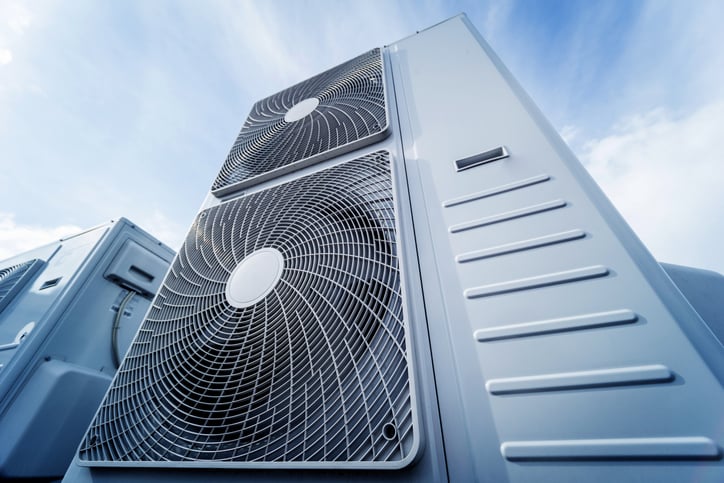
For most people, an HVAC system has one primary function: keeping indoor climates at a comfortable temperature.
It doesn't matter if the system is doing other important work in climate control – say, keeping humidity at the right level or monitoring for pollutants. If the temperature inside a space is too hot or too cold, people notice and aren’t bashful about saying so.